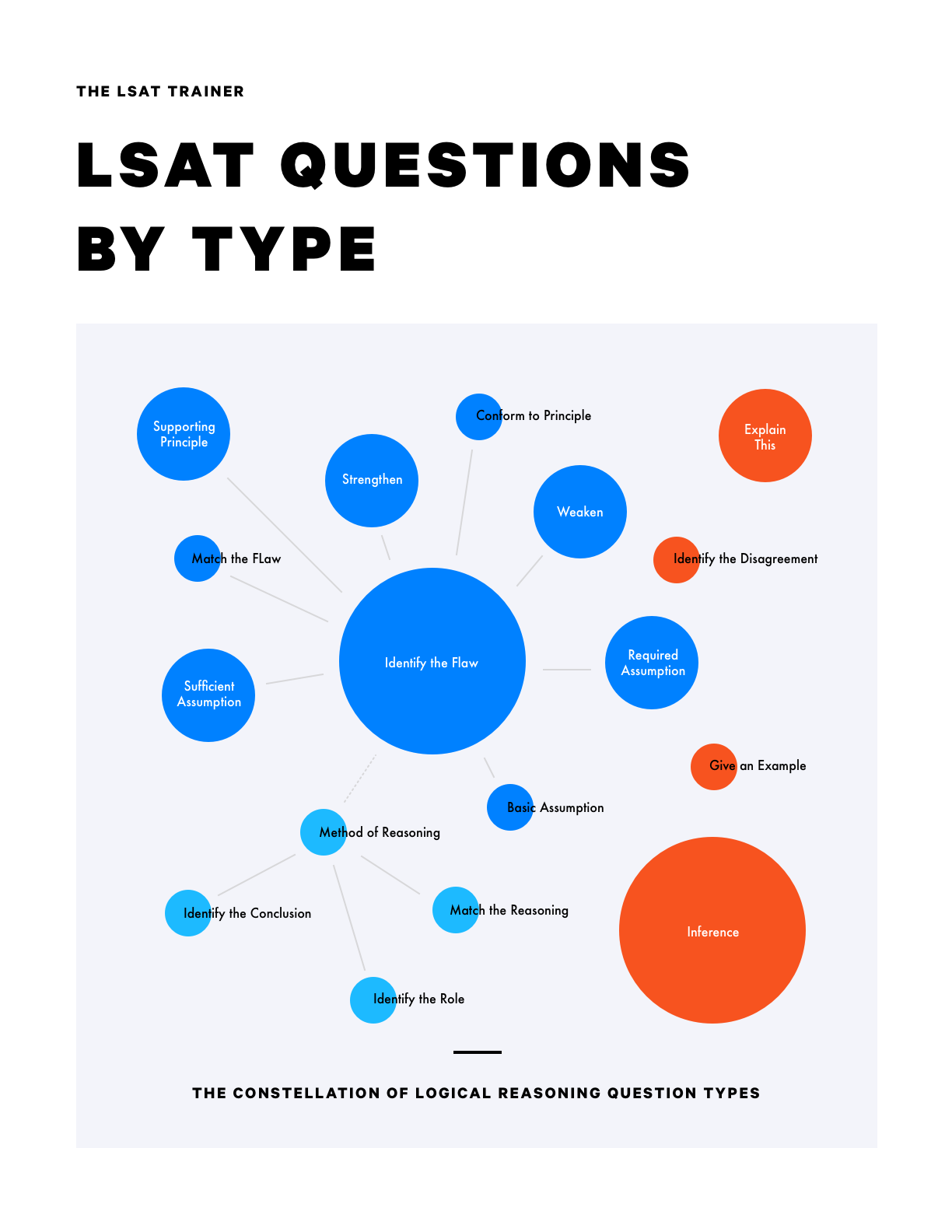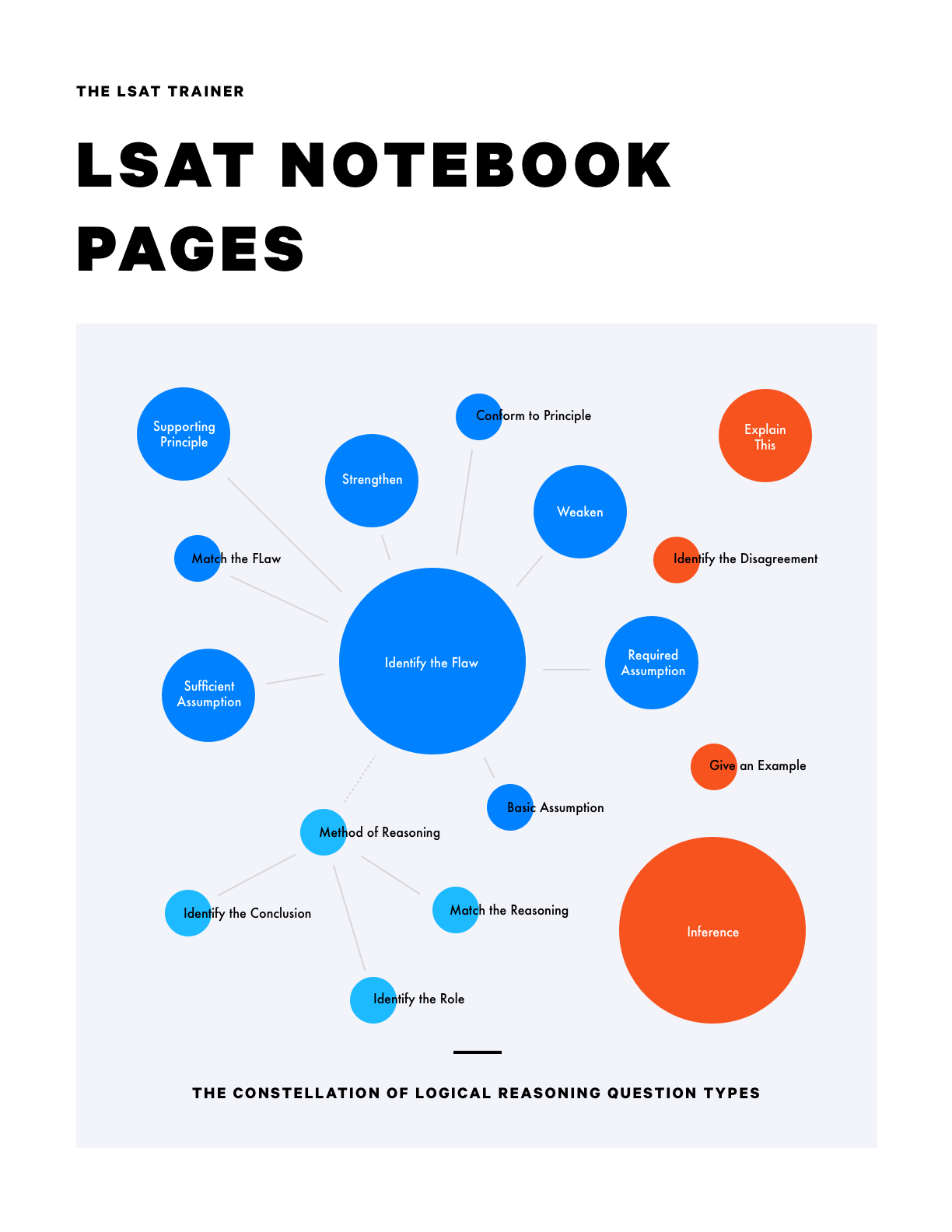Game 1
Step 1
Per the given scenario, we can write out the six elements to be placed - G, K, P, S, T, and V - and lay out the six positions to be filled, in order.
Step 2
Per the first rule, we can notate that G cannot be fourth.
Step 3
Per the third rule, we can notate that K must come after V and before G.
Step 4
Per the second rule, notate that P must come before K. We can connect this notation to our notation for the third rule.
Step 5
Per the fourth rule, we can split our existing diagram into two frames - one in which S comes after P and before T, and one where S comes before P and after T.
Game 2
Step 1
Per the given scenario, we can write out the four elements to be placed - F, G, H, and J, the four subsets - L, O, S, and W, and the four positions to be filled, in order.
Step 2
Per the first rule, we can notate that o and w must both go before l.
Step 3
Per the second rule, we can notate that F must go before o. We can connect this to our notation for the first rule.
Step 4
Per the third rule,we can infer that H must be one of the first two lecturers, and, from previous work, we can also infer that F must be one of the first two lecturers. That leaves G and J, in either order, for 3 and 4, which would satisfy this given rule. We can notate this on our diagram.
Step 5
We can mark that the subset s is not restricted by any of the rules.
Game 3
Step 1
Per the given scenario, we can write out the six elements to be placed - F, O, P, T, W, and Y.
Step 2
Per the given scenario and the first rule, we can set up two frames, one in which W is assigned and one in which W is not, and then we can lay out the assignments to be filled.
For the one which must include W, we know that the group W is in will have 3 total elements. That means the other two groups must each have exactly one element assigned. We can also notate an “out” position for the one element not chosen.
For the frame without W, we can notate that each group must have at least one element, and tha W is the element that is out.
Step 3
Per the second rule, we can notate that if a rug uses O, it must use P.
For the first frame, we can infer from this that O cannot be the only element in either the second or third group, and P cannot be out by itself.
For the second frame, since we know both O and P must be used, we can place them into one of the groups together.
Step 4
Per the third rule, we can notate that F and T cannot be used together in a rug.
Step 5
Per the fourth rule, we can notate that P and T cannot be used together in a rug.
For the second frame, we can infer from this that T is on a separate rug from O and P and place it into our diagram.
Step 6
Per the fifth rule, we can notate that P and Y cannot be used together in a rug.
For the second frame, we can’t place Y because we don’t know where it goes relative to T, but we can notate that it cannot go in the same group as O and P.



